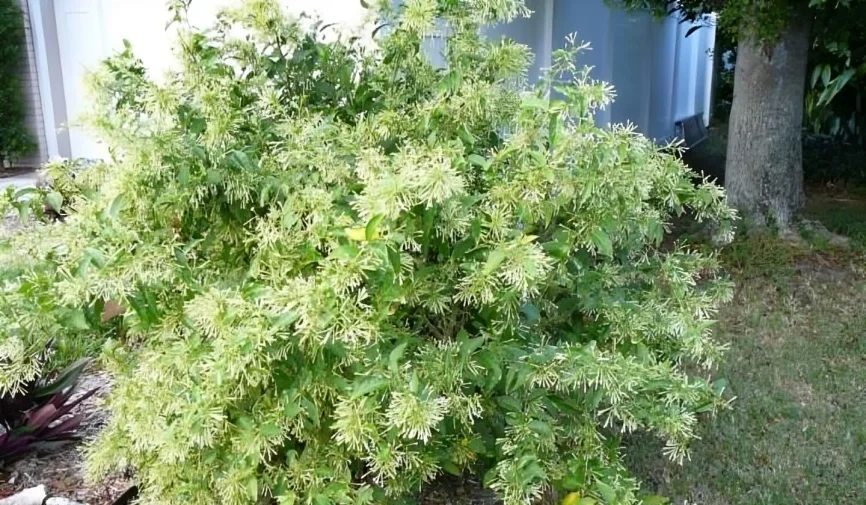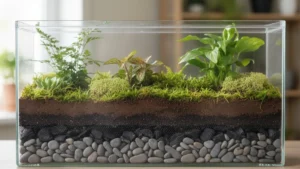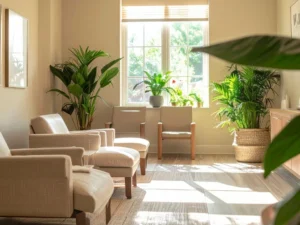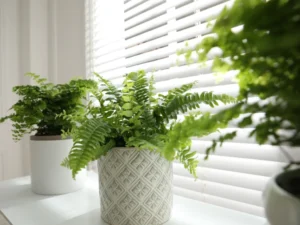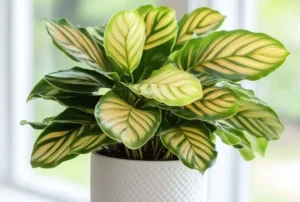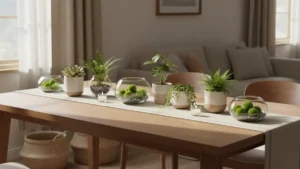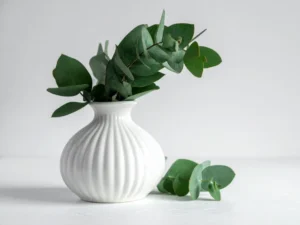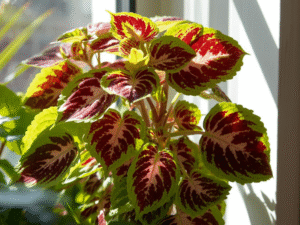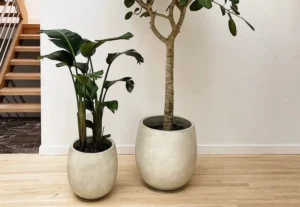If you love filling your space with beautiful greenery, choosing house plants that smell good is one of the quickest ways to make your home feel warm, refreshing, and naturally inviting. These fragrant plants don’t just add charm they also create a calming environment that can improve your mood and reduce stress.
In this guide, you’ll discover the best indoor plants with pleasant scents, how to care for them, and the benefits they bring to your living space.
Why Choose House Plants That Smell Good?
Fragrant indoor plants offer more than looks. Since they release natural essential oils, they can elevate your home’s atmosphere without using artificial sprays.
Moreover, many aromatic houseplants are known for boosting relaxation, enhancing sleep quality, and making your home smell like a natural spa.
And because these plants purify the air, you get a double benefit—fresh scent and fresher air.
Best House Plants That Smell Good
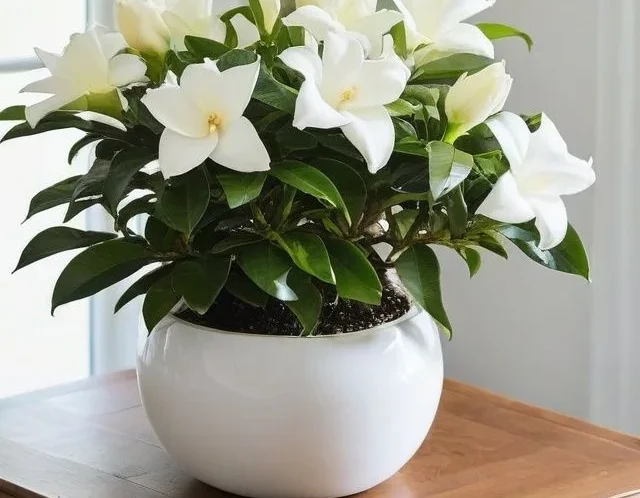
Below are some of the most delightful and easy-to-maintain scented plants you can add to your home.
1. Jasmine (Jasminum polyanthum)
Jasmine is one of the most popular house plants that smell good due to its sweet, romantic scent.
It blooms indoors easily if placed in bright, indirect light. Its fragrance becomes stronger in the evening, bringing a soothing and calming aroma to your bedroom or living room.
Care Tips:
-
Keep soil slightly moist
-
Provide bright, indirect sunlight
-
Mist occasionally for humidity
2. Gardenia (Gardenia jasminoides)
Gardenias produce creamy white flowers with a rich, luxurious scent. Although they need a little extra care, their aroma is absolutely worth it.
They’re ideal for bright rooms where you can enjoy both their beauty and fragrance.
Care Tips:
-
High humidity
-
Consistent moisture
-
Bright light with some sun
3. Lavender (Lavandula angustifolia)
Lavender brings a fresh, calming aroma that many people love for stress relief.
Although often grown outdoors, many varieties thrive indoors as long as they get enough light.
Care Tips:
-
At least 6 hours of sunlight
-
Well-draining soil
-
Avoid overwatering
4. Eucalyptus (Eucalyptus gunnii)
Eucalyptus has a clean, refreshing, minty scent that opens up your sinuses and promotes easier breathing.
Indoor eucalyptus plants grow quickly and give your home a spa-like feel.
Care Tips:
-
Full sun
-
Light watering
-
Occasional pruning
5. Orchids (Many fragrant varieties)
Some orchids have a soft vanilla-like scent, while others smell fruity or spicy.
Although their fragrance varies by variety, orchids add an elegant, luxurious touch to any room.
Care Tips:
-
Bright, filtered light
-
Water weekly
-
High humidity preferred
6. Rosemary (Rosmarinus officinalis)
Rosemary isn’t only a kitchen favorite—it’s also a fantastic fragrant houseplant.
Its herbal scent is refreshing, and the plant is very easy to maintain indoors.
Care Tips:
-
Plenty of sunlight
-
Well-draining soil
-
Water only when dry
7. Mint (Mentha species)
Mint plants have a crisp, invigorating scent and are extremely easy to grow indoors.
Plus, you can use the leaves for tea, cooking, or garnishing drinks.
Care Tips:
-
Partial sun
-
Consistent moisture
-
Trim often to promote growth
8. Hoya (Wax Plant)
Hoyas bloom with star-shaped flowers that release a soft, sweet scent.
They’re low-maintenance and perfect for small apartments since they don’t need constant attention.
Care Tips:
-
Medium to bright light
-
Allow soil to dry between waterings
-
Prefer warm temperatures
9. Lemon Balm (Melissa officinalis)
Lemon balm gives off a fresh citrus aroma that brightens the entire room.
It’s also known for its calming properties and is often used in herbal teas.
Care Tips:
-
Moderate sunlight
-
Regular trimming
-
Well-draining soil
10. Scented Geraniums (Pelargonium)
These beautiful plants come in various scents, including rose, lemon, mint, and even chocolate. Moreover, their leaves release fragrance whenever touched, which makes them fun and interactive houseplants. Additionally, the variety of scents allows you to match them with any room. Indeed, many people grow them for both aroma and décor.
Furthermore, they thrive well indoors, offering beauty and fragrance at the same time. For example, the rose-scented type is loved for its elegant aroma. Meanwhile, mint-scented varieties bring a refreshing feel to your space. In addition, the chocolate-scented ones add a sweet and surprising twist. However, you should ensure they receive the right care.
Next, focus on their lighting needs to keep them healthy. Similarly, maintaining proper soil quality helps them thrive. Even so, these plants remain low-maintenance. Ultimately, with the right approach, they grow beautifully. Later, you can trim them to encourage fresh growth. Consequently, they produce stronger scents over time.
Overall, these scented plants are perfect for anyone who wants a fragrant home. Finally, just follow the care tips below to enjoy their full potential.
Care Tips:
-
Indirect light
-
Well-drained soil
-
Water moderately
How to Make Fragrant Houseplants Thrive Indoors
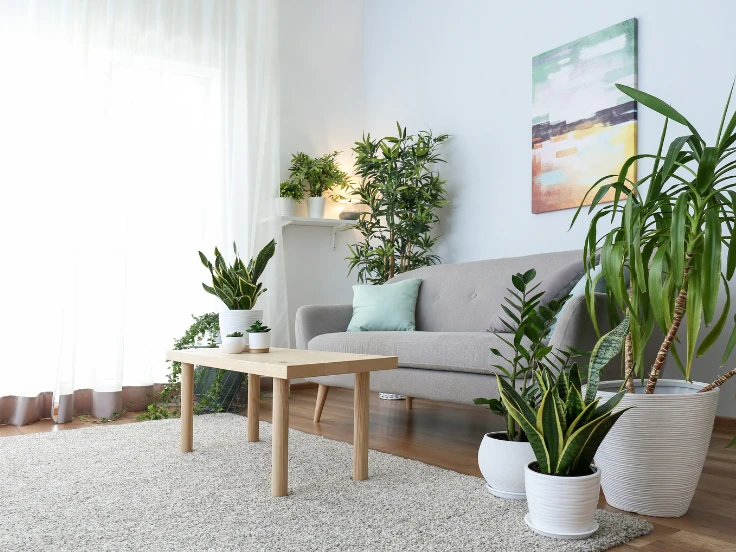
Even though many house plants that smell good are easy to grow, a few simple steps can help them stay healthy and aromatic.
1. Provide Enough Light
Most fragrant plants need bright light. Place them near windows where they receive natural light without harsh sun exposure.
2. Water Wisely
Too much water can cause root rot. Always check the soil before watering and ensure proper drainage.
3. Maintain Humidity
Some aromatic plants like jasmine and gardenia prefer humidity. You can mist them lightly or use a humidity tray.
4. Prune Regularly
Pruning encourages new growth and helps maintain your plant’s shape. It also keeps the aroma strong and fresh.
5. Choose Quality Soil
Well-draining soil is crucial. Use a mix suitable for indoor plants to keep roots healthy.
Benefits of House Plants That Smell Good

Adding fragrant indoor plants offers long-lasting benefits, such as:
-
Natural air freshening without chemicals
-
Stress relief and relaxation
-
Improved sleep with calming scents
-
Aesthetic beauty with flowers and foliage
-
Better indoor air quality
If you want to explore more ways to refresh your space naturally, you can check out this helpful guide on coleus plant indoor benefits for additional ideas:
coleus plant indoor benefits
FAQs
1. Which indoor plant smells the best?
Jasmine and gardenia are considered two of the most fragrant indoor plants due to their sweet and long-lasting scent.
2. Can lavender really grow indoors?
Yes, it can! As long as you place lavender in a sunny spot, it can thrive inside your home.
3. What is the easiest fragrant houseplant for beginners?
Mint and rosemary are the easiest. They grow quickly and require very little maintenance.
4. How can I make my houseplants more fragrant?
Provide enough light, prune regularly, and use proper soil. Healthy plants naturally produce stronger scents.
Conclusion
Choosing house plants that smell good is one of the simplest ways to naturally refresh your home. Moreover, with options like jasmine, lavender, rosemary, and eucalyptus, you can enjoy beautiful greenery and uplifting aromas every day.
Additionally, these plants add personality to your space, and furthermore, they help improve air quality. Meanwhile, their gentle fragrances create a soothing environment. In fact, even beginners can grow these plants easily. Plus, they bring both beauty and calmness into your home. As a result, your rooms feel more vibrant and inviting.
However, to get the best fragrance, just follow the care tips and choose the right plant for your lifestyle. Eventually, your home will feel more peaceful, cleaner, and full of natural fragrance. Therefore, adding these plants is a smart and refreshing choice. Overall, you’ll notice a big difference. Finally, enjoy the comfort, serenity, and natural scent they bring into your everyday life. For more inspiration, check out this helpful guide on low-light indoor plant trees: house plant trees for low light.

